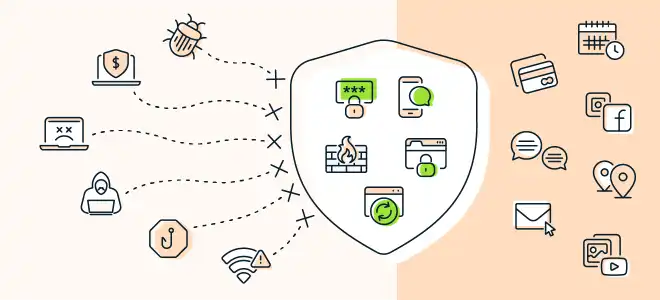Every day, we see new reminders of just how critical personal data security has become. Large-scale data breaches are no longer rare events; they are frequent occurrences. Recently, news broke about a massive archive containing over 15 billion unique credentials, one of the largest data breaches ever documented. Whether this is a new attack or a recycled collection of old data, the sheer volume of compromised information is an alarm bell we can’t ignore.
Table of Contents
So, what can you do to protect yourself? In this chaotic landscape, tools like Have I Been Pwned (HIBP) and DataBreach have become essential for managing my digital identity. These services allow me to quickly check if my email address or other personal information has been involved in a data breach, showing me exactly which platforms were compromised and what data was stolen.
In this guide, I’ll show you exactly how I use these tools to stay informed and secure my accounts.
📧 Using ‘Have I Been Pwned’ to Check Your Email
My first stop is always Have I Been Pwned (HIBP). When I visit the site, the scale of the problem is immediately clear: it has indexed nearly 15 billion breached accounts. Using it is incredibly simple.
I just enter my email address into the main search field and click the ‘Check’ button. The site then scans its massive database of breaches. If my email is safe, I’ll see a reassuring green message saying “Good news — no pwnage found!”.
If my email has been compromised, the site displays a red warning and lists every single breach it was found in. For each breach, it details what kind of data was exposed, such as email addresses, passwords, usernames, or even geographic locations. This information is vital for understanding the extent of the risk. For better password management, I always suggest using a tool like KeePass, as mentioned in this guide to strong passwords.
📱 Using ‘DataBreach’ to Check Your Phone Number
While HIBP is excellent for emails, it doesn’t cover phone numbers. For that, I use a service called DataBreach. This site searches a database of over 25 billion leaked records and allows me to check not only my email but also my phone number for exposure.
The process is similar: I enter my phone number into the search bar and click ‘Search’. The site then tells me if my number has been found in any leaks. For example, a search might reveal that my number was part of the 2021 Luxottica breach, which exposed the personal information of over 100 million customers. DataBreach also offers a notification service to alert me of any future breaches involving my data.
🔒 What to Do After a Breach
Finding out my data has been leaked is stressful, but the most important thing is to act quickly. My immediate steps are always the same: change my password on the affected service and any other site where I used the same or a similar password. This is a great time to start using a password generator to create unique, strong passwords for each account.
Next, I enable two-factor authentication (2FA) on every account that offers it. This adds a critical layer of security that protects me even if my password is stolen.
Finally, I use a service like Enzoic Password Check to verify that my new passwords haven’t already been compromised in previous breaches. It’s a simple check that ensures I’m not accidentally choosing a password that’s already in the hands of cybercriminals.
More Topics
- Windows 11 – How to Monitor Your PC’s RAM
- Motorola Razr 60 – A Guide to the New Foldable with Moto AI
- Lenovo ThinkCentre Neo 50a – A Guide to the All-in-One PC
- Amazon Fire TV Stick – How Piracy and Sideloading Are Being Blocked
- Ring Cams – How to Use the New ‘Video Descriptions’ AI Feature
- How to Turn a Travel Itinerary into an Animated Map Video
- Nothing Phone 3 – A Guide to Specs, Features, and Price

